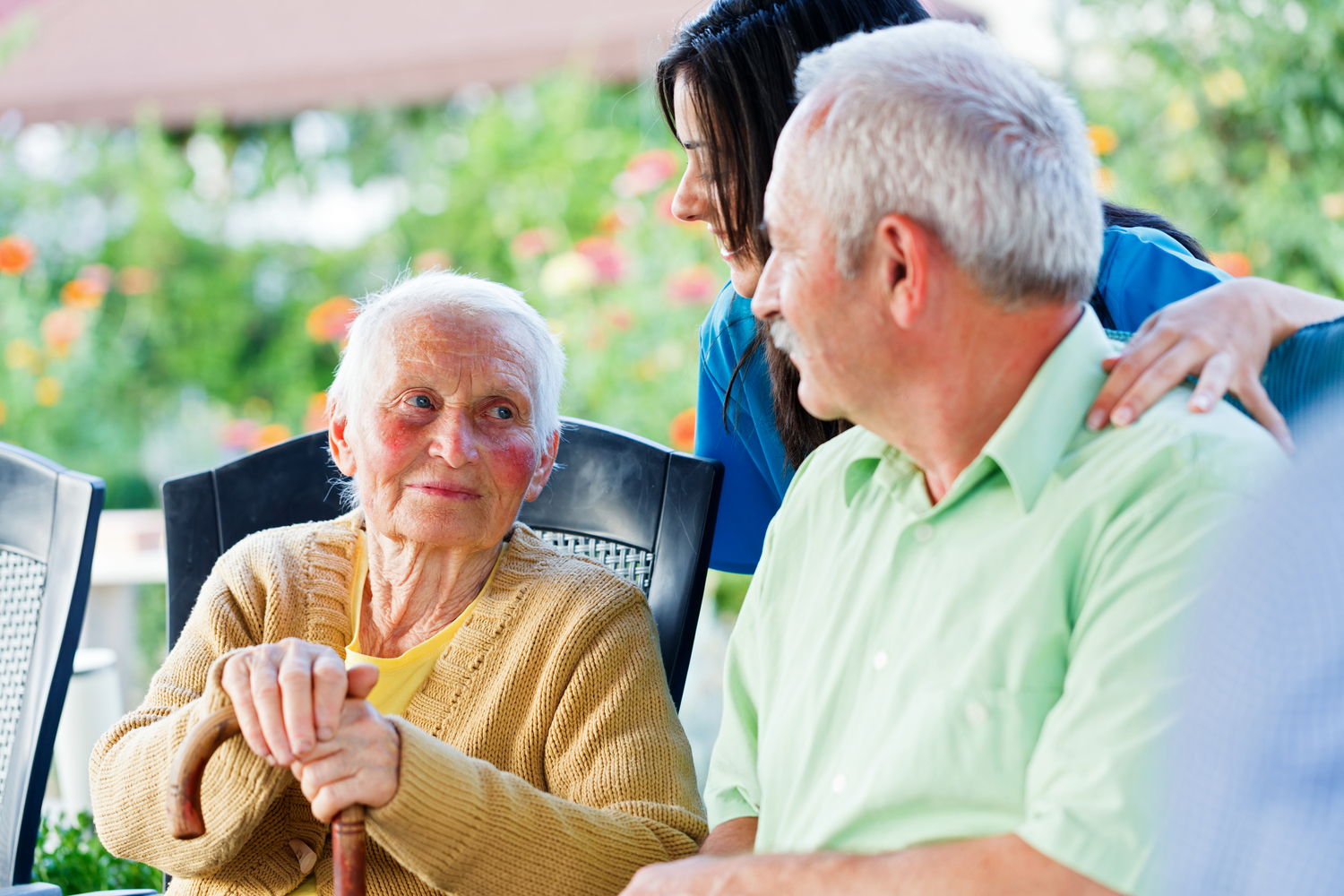Things to Know About Parkinson’s Disease
Parkinson’s disease is a neurological disorder of which motor problems are a primary symptom. Tremors are the most common sign that start on one hand before gradually spreading. Parkinson’s disease symptoms can also include slowed movements, problems with speech, and stiffness of limbs and trunk. While the exact cause is unknown, factors such as head injury, race, genetics, gender, geographic location, and age can increase the risk of developing the condition.

Common symptoms
Parkinson’s disease symptoms are generally mild in the beginning and can go unnoticed. They initially appear on one side of the body and continue to worsen while gradually moving on to the other side. So, it is important to recognize the early signs and consult with the doctor.
Tremors : Apart from the hands, tremors in the legs, head, and jaw can also be seen over time.
Bradykinesia : This means slowing of movement. Over time, it becomes difficult and extremely time-consuming to perform the simplest of tasks. People may struggle to even walk—they might have to drag their feet while their strides become shorter. Eventually, they find it challenging to even stand up.
Muscle stiffness : Rigidity and stiffness in the muscles can develop gradually all over the body, limiting movement and causing pain.
Impaired balance and posture : It can become increasingly difficult to maintain one’s balance, which makes simple, mundane tasks like standing and walking extremely challenging. The posture is also affected, resulting in a bent stance that can be observed in patients.
Disruption in automatic movements : Parkinson’s limits automatic movements such as blinking, smiling, and swallowing. This decreases the body’s overall functionality.
Speech-related issues : The disease can also pose challenges such as stuttering, slurring, and softening of speech.
Difficulty in writing : People with Parkinson’s can experience a complete loss of writing ability.
Nutritional regimen
While there is no specific meal plan prescribed by doctors, maintaining an overall healthy food regimen can help.
Balanced food plan : The best Parkinson’s diet would include a balanced combination of various fruits, vegetables, and whole grains. Beans and lentils must also be included in the food plan because they are rich in protein, which is essential for people with Parkinson’s. Further, adding nuts and olive oil to the food may also help. For which, balanced portions that provide fiber, energy, vitamins, protein, and minerals, are generally recommended. All of this can be done naturally by following a suitable meal chart. Doctors can also recommend an experienced nutritionist who can create a disease-specific food plan.
Healthier choices : Most importantly, people must make better food choices to aid their Parkinson’s disease treatment plan. This would also help maintain their overall health. A crucial step in this direction is to have at least six glasses of water every day to ease digestive issues. Fiber-rich food also helps with digestion. In addition, keeping one’s brain healthy is essential in dealing with Parkinson’s disease symptoms better; this can be achieved by adding cashews, walnuts, and other nuts to the meals in small quantities.
Limiting harmful ingredients : The daily sugar intake should be reduced as sugar is a high-calorie ingredient and can have an adverse effect on Parkinson’s disease symptoms. Another nutritional choice one must make is lowering sodium consumption as excessive intake can lead to high blood pressure conditions, worsening the symptoms.
Treatment options
There is no permanent cure for the condition yet, but there are a few treatment options that can help manage the symptoms and provide temporary relief.
Non-surgical options : Doctors generally recommend lifestyle changes that include healthier nutritional choices, aerobic exercise, regular physical activity, and speech therapy. They may also suggest taking up meditation, yoga, tai chi, massage, and other activities to reduce the symptoms.
Surgical treatment : Deep brain stimulation (DBS) is the most prevalent option for Parkinson’s disease treatment. To perform this operation, the surgeon implants electrode conductors into a specific part of the brain. Then they connect the electrode conductors to a generator fixed in the chest, near the collarbone. It sends electrical pulses to the brain, which can potentially improve the symptoms. The surgeon adjusts the DBS settings depending on the severity of the patient’s condition to reduce the chances of side effects. However, the surgery does have some risks like brain hemorrhage, stroke, and infection. Doctors usually recommend this procedure for patients in the latter stages of the disease to help control involuntary movements, tremors, and stiffness, among other symptoms. It is also recommended when other treatment options become ineffective. However, DBS cannot entirely halt the overall progression.
Parkinson’s disease symptoms do not progress the same way for everyone suffering from it and while it is unclear how to prevent the disease, managing the symptoms effectively can go a long way for the person and family members alike. This makes it essential to understand the warning signs and symptoms, progression, and treatment options. It also helps to find an experienced therapist and a support group that can help one cope with the illness better.




